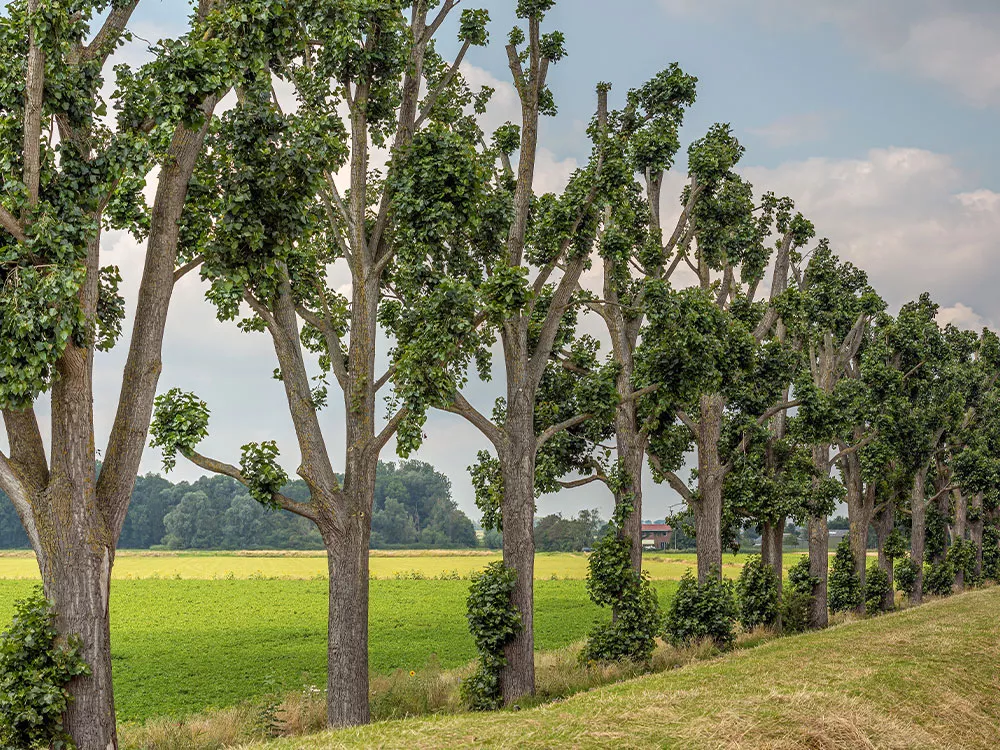The Arbor Day Foundation is pledging 10 million trees to areas impacted by hurricanes Helene, Milton Help us replant
Bulletin
Don’t Top Trees!
Tree topping is the senseless brutalizing of older trees. It puts an ugly scar on the landscape, sometimes in parks or along streets, but more often in yards and around business establishments. It remains a plague across America, although not as rampant as it used to be.

Still, especially in smaller communities, the results of topping can be seen more than 100 years after its detrimental effects were recognized.
Topping is not only bad for the tree, but it is also a waste of money. Research has found that most people top trees because of fear that the tree is becoming too large. By this, these well-intentioned folks mean that they fear for their safety or their buildings. But in most cases, topping just contributes to greater danger from the resulting proliferation of weakly attached sprouts and the entrance of decay fungi.
Nationally, neither communities nor individuals are spending enough money on tree care. It makes no sense, then, to use these limited funds on the malpractice of topping. In this bulletin, we provide more details about the reasons why trees should not be topped. Just as importantly, we offer available alternatives.
Through better information, perhaps the scourge of topped trees can finally be eliminated.
In This Bulletin
Here’s what’s inside:
- What is Topping? – understanding what topping is and why it is detrimental to trees
- Topping vs. Pruning – the difference between these two practices over years
- Alternatives to Topping – how to manage your trees without resorting to topping
- Reducing the Height of a Large Tree – a proper approach to dealing with an oversized tree
- How an Urban Forestry Program Can Put an End to Topping – steps a municipality can take to prevent tree topping

